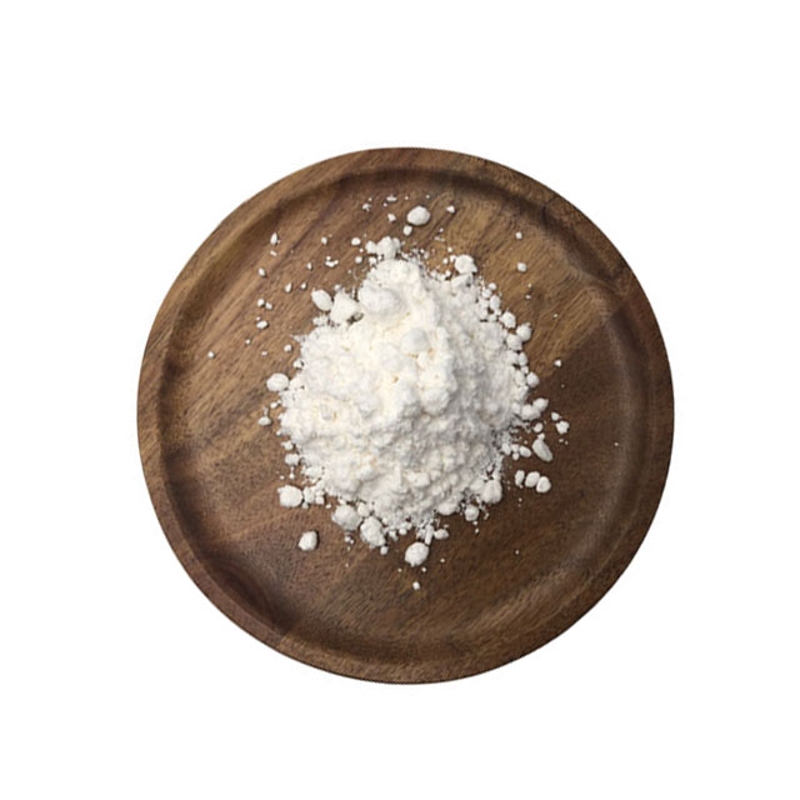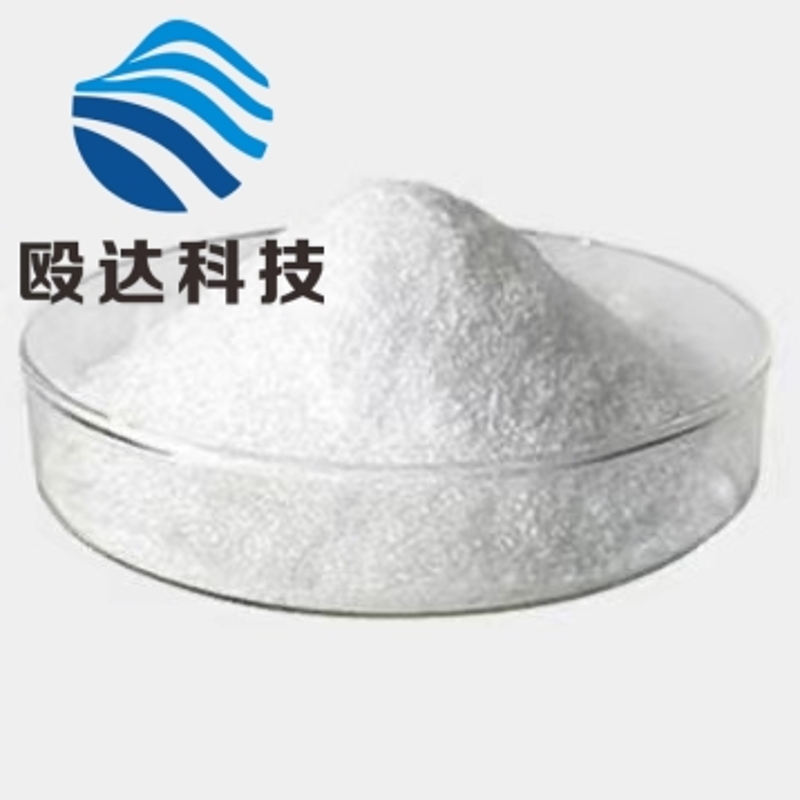-
Categories
-
Pharmaceutical Intermediates
-
Active Pharmaceutical Ingredients
-
Food Additives
- Industrial Coatings
- Agrochemicals
- Dyes and Pigments
- Surfactant
- Flavors and Fragrances
- Chemical Reagents
- Catalyst and Auxiliary
- Natural Products
- Inorganic Chemistry
-
Organic Chemistry
-
Biochemical Engineering
- Analytical Chemistry
- Cosmetic Ingredient
-
Pharmaceutical Intermediates
Promotion
ECHEMI Mall
Wholesale
Weekly Price
Exhibition
News
-
Trade Service
Introduction: On April 1, 2015, Japan began to implement the new " Food Labelling Law" (Law No.
70 of 2013)
1.
Regarding the 27 kinds of allergens required to be labeled:shrimp, crab, wheat, buckwheat, eggs, milk, peanuts, etc.
, it is determined that food allergies are induced, and there are many cases of related food allergies, with more serious symptoms and consequences
Figure 1 Examples of individually identifying allergens
Uniform labeling refers to the method of labeling all allergens in parentheses under raw materials or additives
.
For example, the bottom of the raw material name is marked with parentheses "Partly contains soybeans, milk ingredients, and wheat"
Figure 2 Examples of uniform identification of allergens
In the past, food-related practitioners could decide to adopt a separate labeling method or a unified labeling method at their own discretion
.
However, the new labeling standard stipulates the principle of separate labeling, and the use of a unified labeling method is allowed in some special circumstances
Figure 3 Omits repeated allergens
.
Separate identification can also adopt alternative identification and expanded identification methods
.
Substitution marking means that the marking method and the language used are different, but the marking method that can understand the same substance as the specific raw material, such as eggs, duck eggs, instead of (containing eggs) marking
Special cases where specific allergen labels can be exempted:
1.
Foods that use specific raw materials, but are not antigenic and do not induce food allergies, such as refined whey
2.
Additives from specific raw materials are not antigenic and do not induce food allergies







